Connecting Europe and Asia, Recasting the Glory: Lecture series of Early Encounters between Europe and Asia
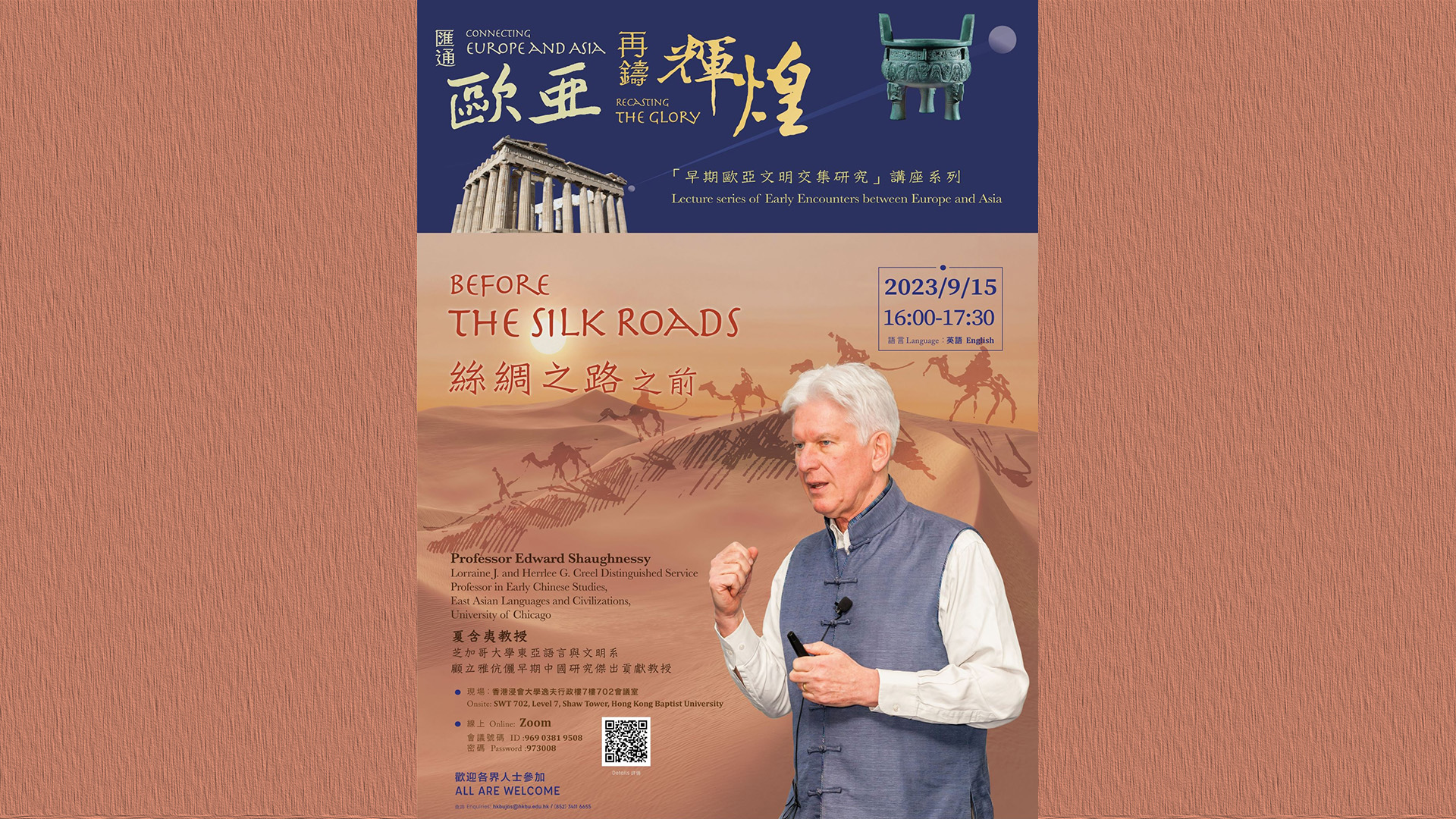
Before the Silk Roads
2023 | 80 mins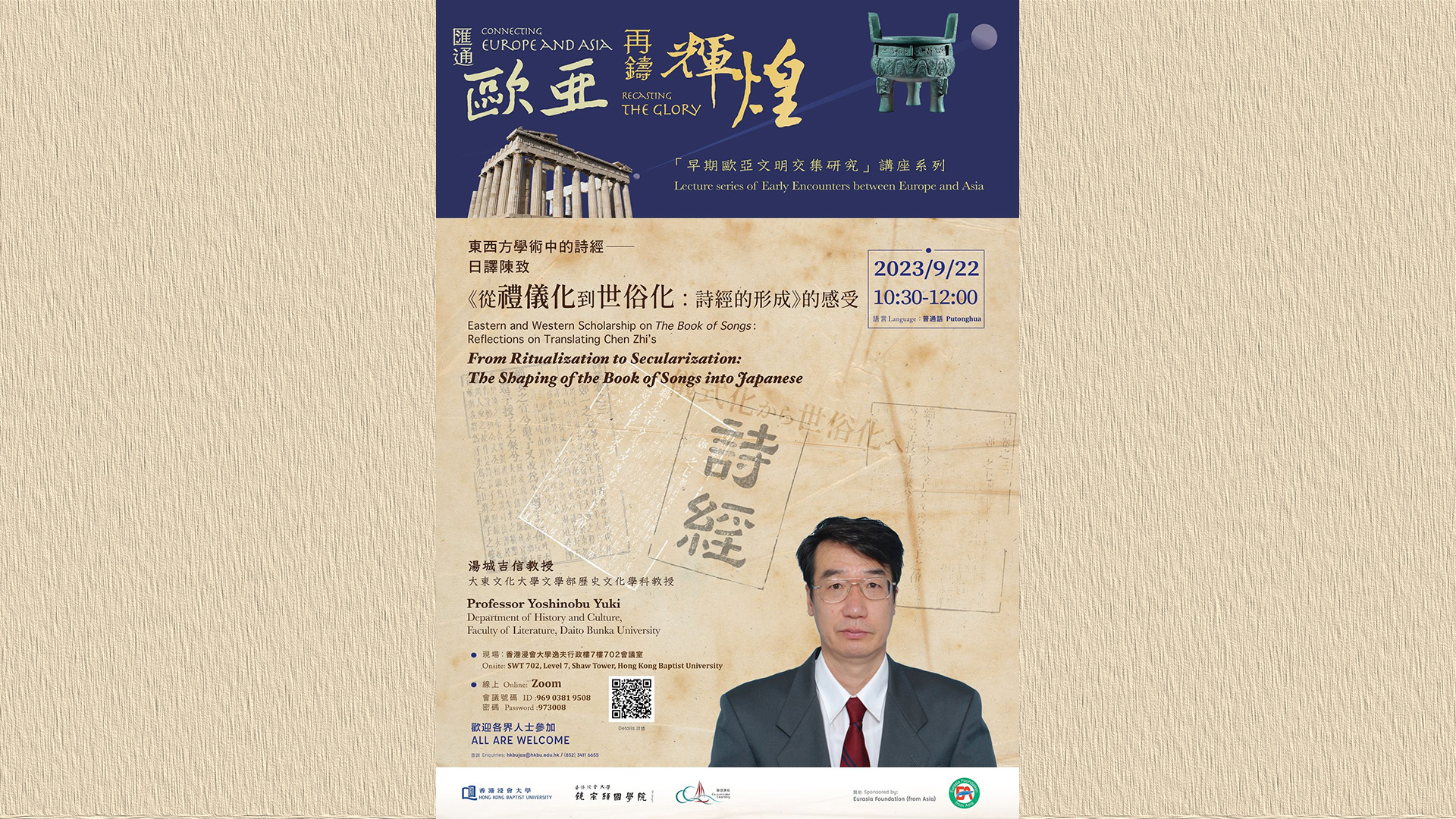
东西方学术中的诗经──日译陈致《从礼仪化到世俗化:诗经的形成》的感受
2023 | 87 mins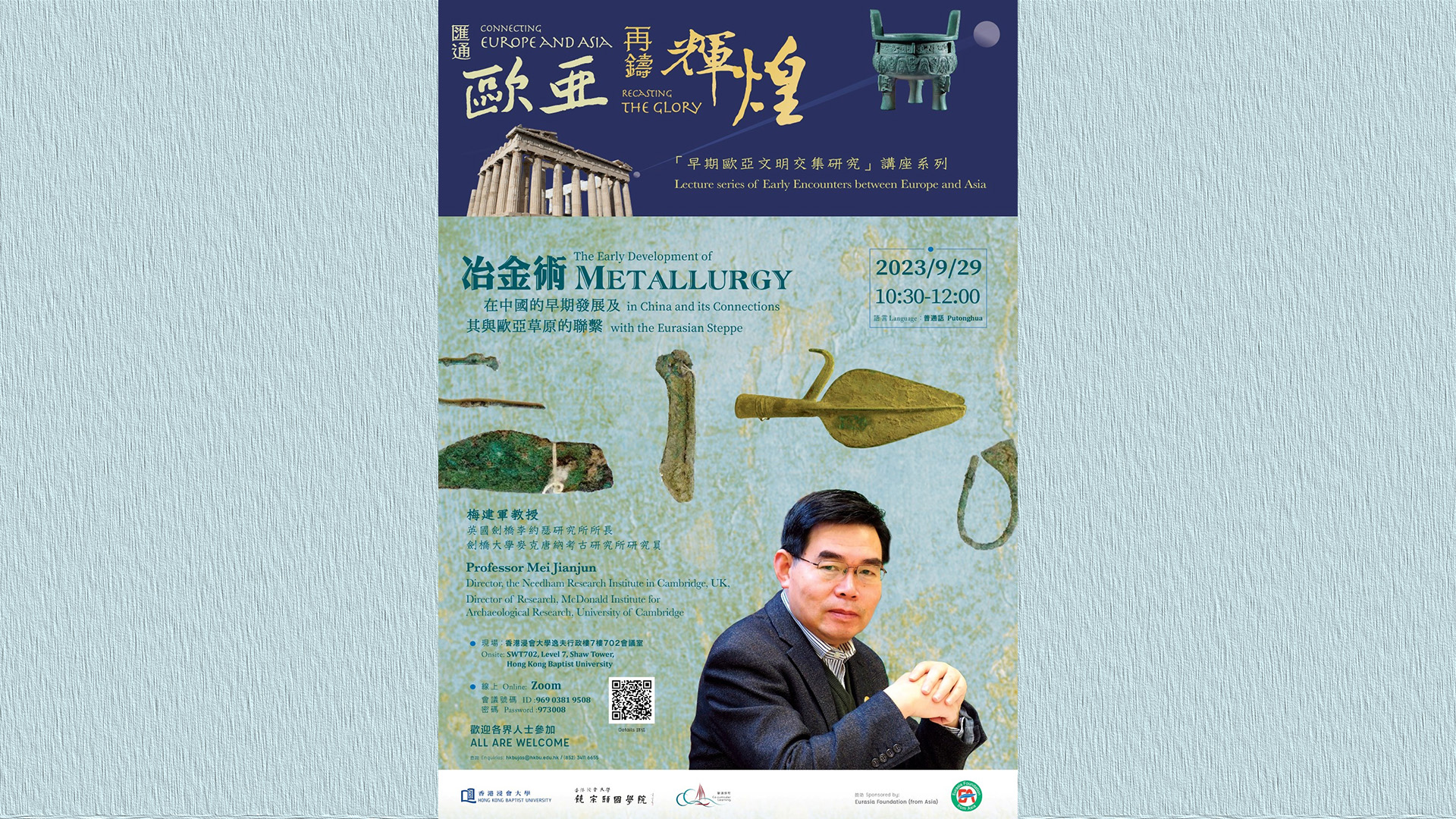
冶金术在中国的早期发展及其与欧亚草原的联系
2023 | 93 mins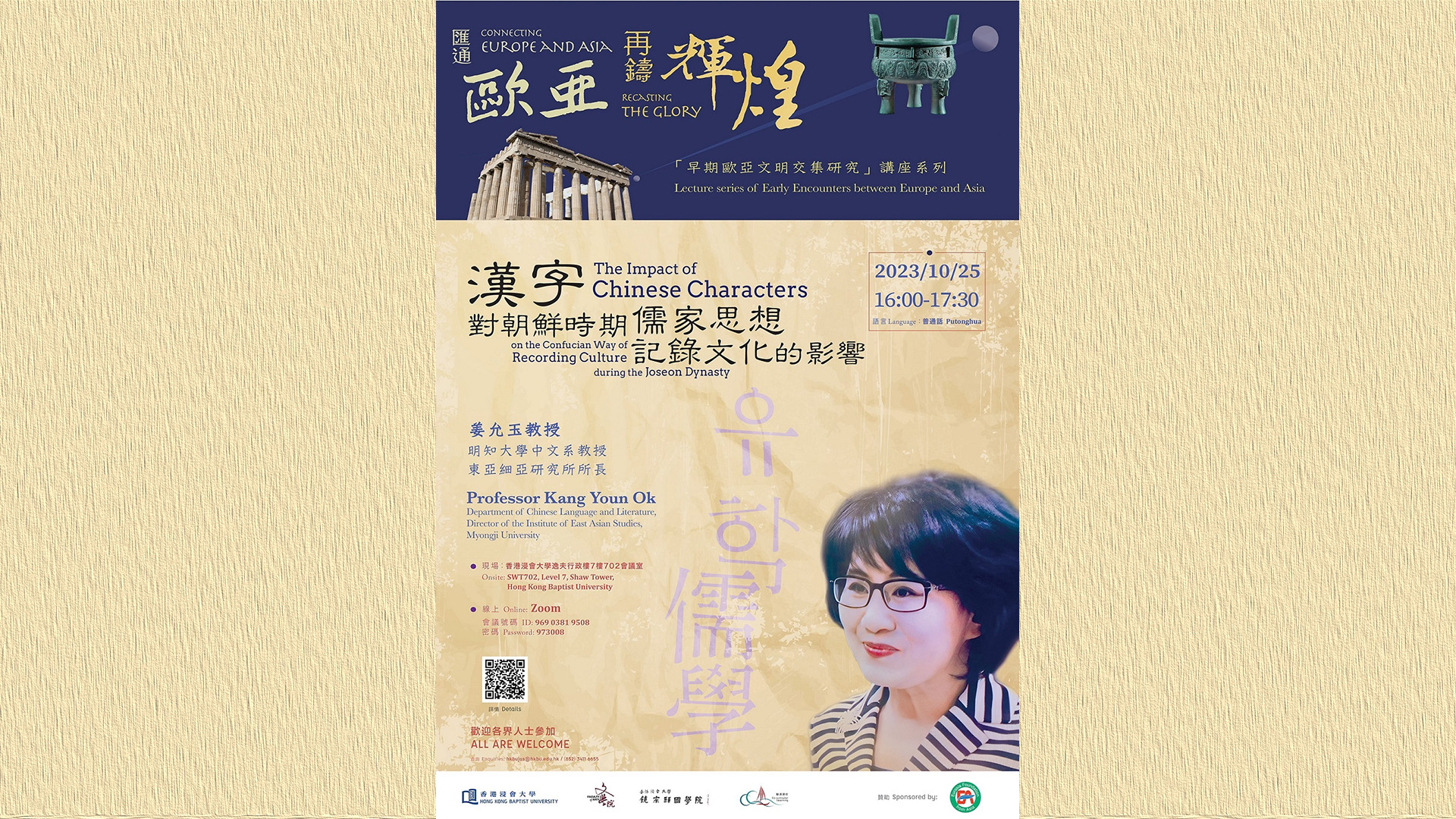
汉字对朝鲜时期儒家思想记录文化的影响
2023 | 97 mins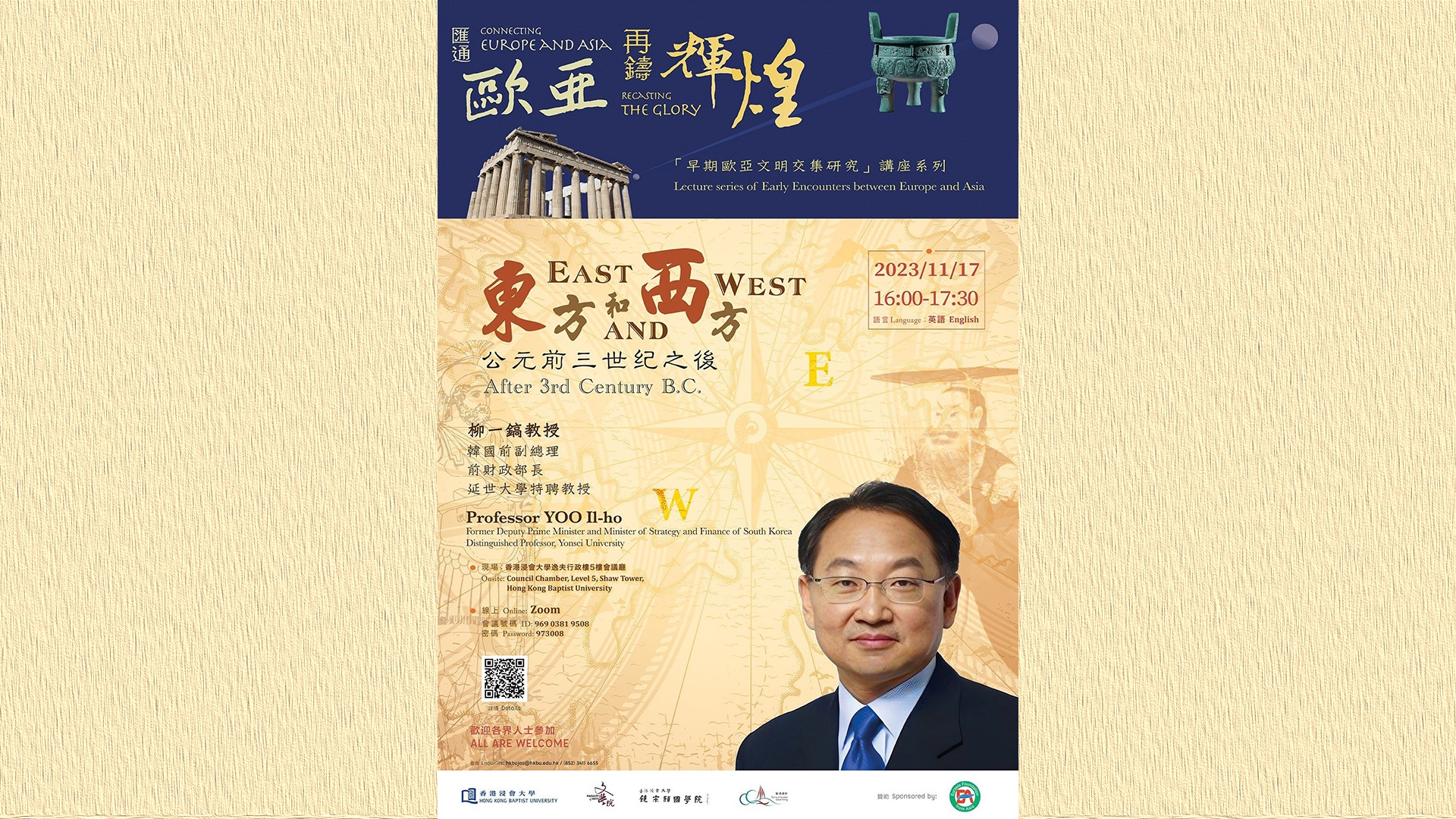
East and West; After 3rd Century B.C.
2023 | 81 mins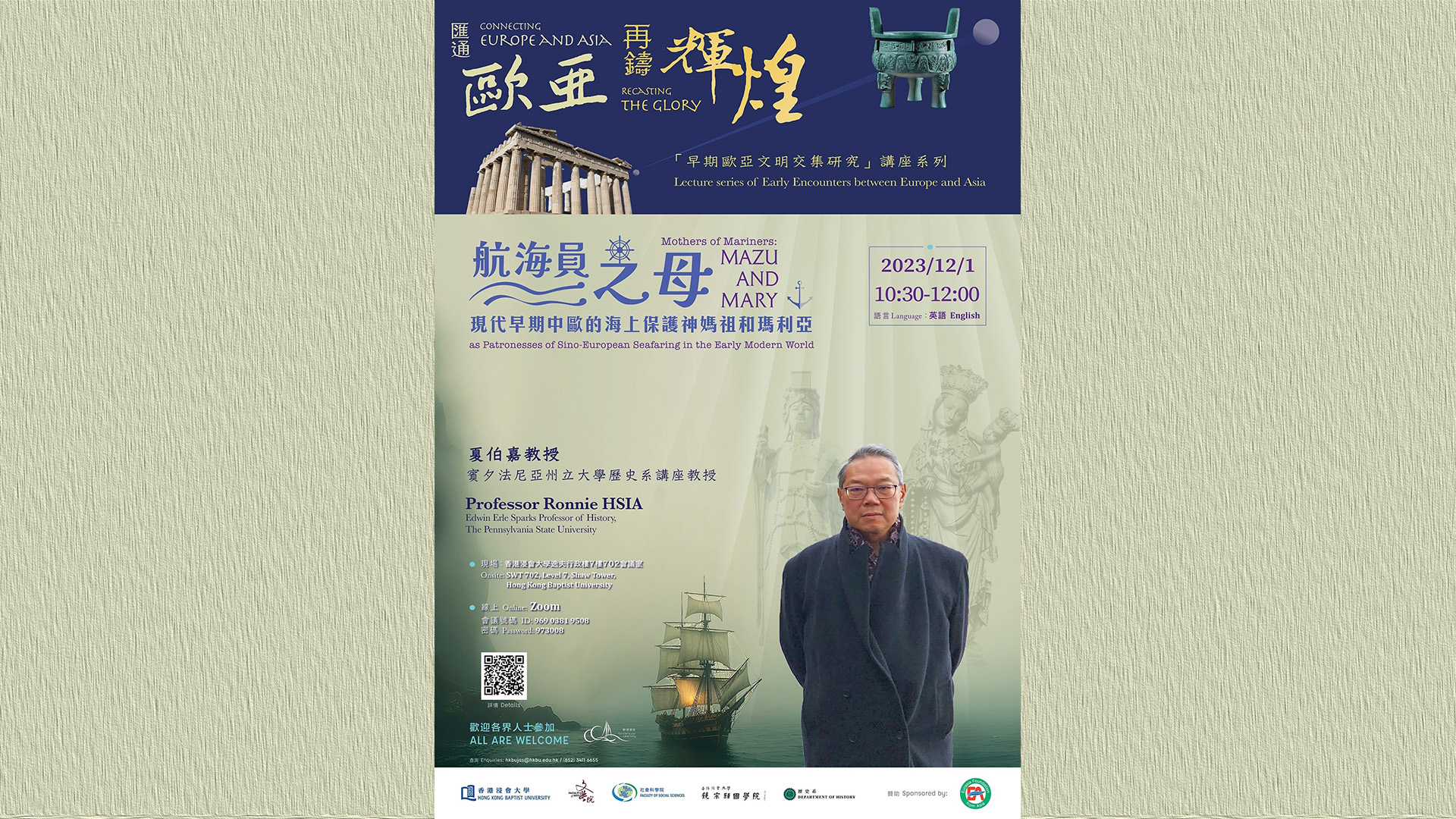
Mothers of Mariners: Mazu and Mary as Patronesses of Sino-European Seafaring in the Early Modern World
2023 | 100 mins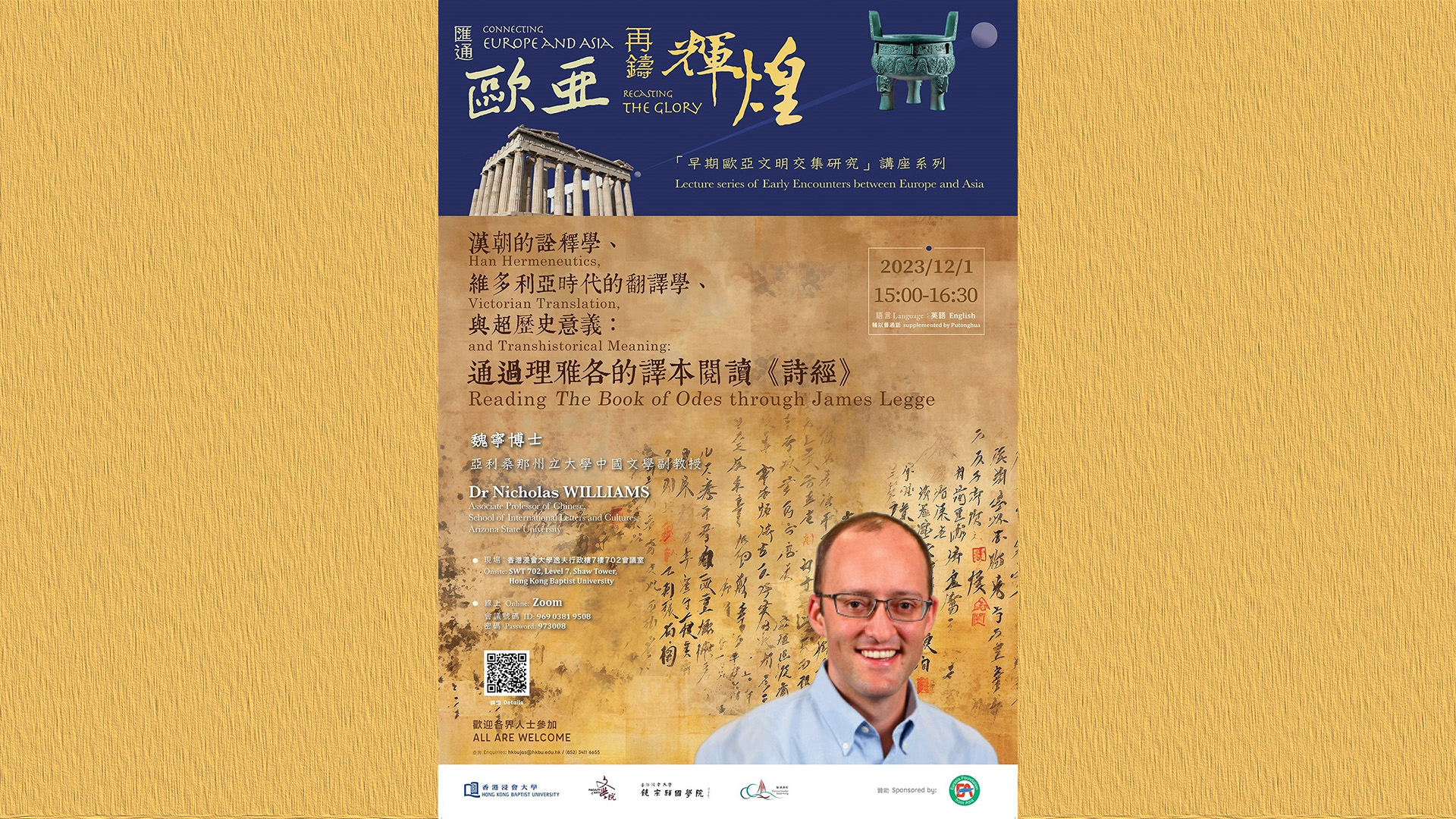
Han Hermeneutics, Victorian Translation, and Transhistorical Meaning: Reading The Book of Odes through James Legge
2023 | 96 mins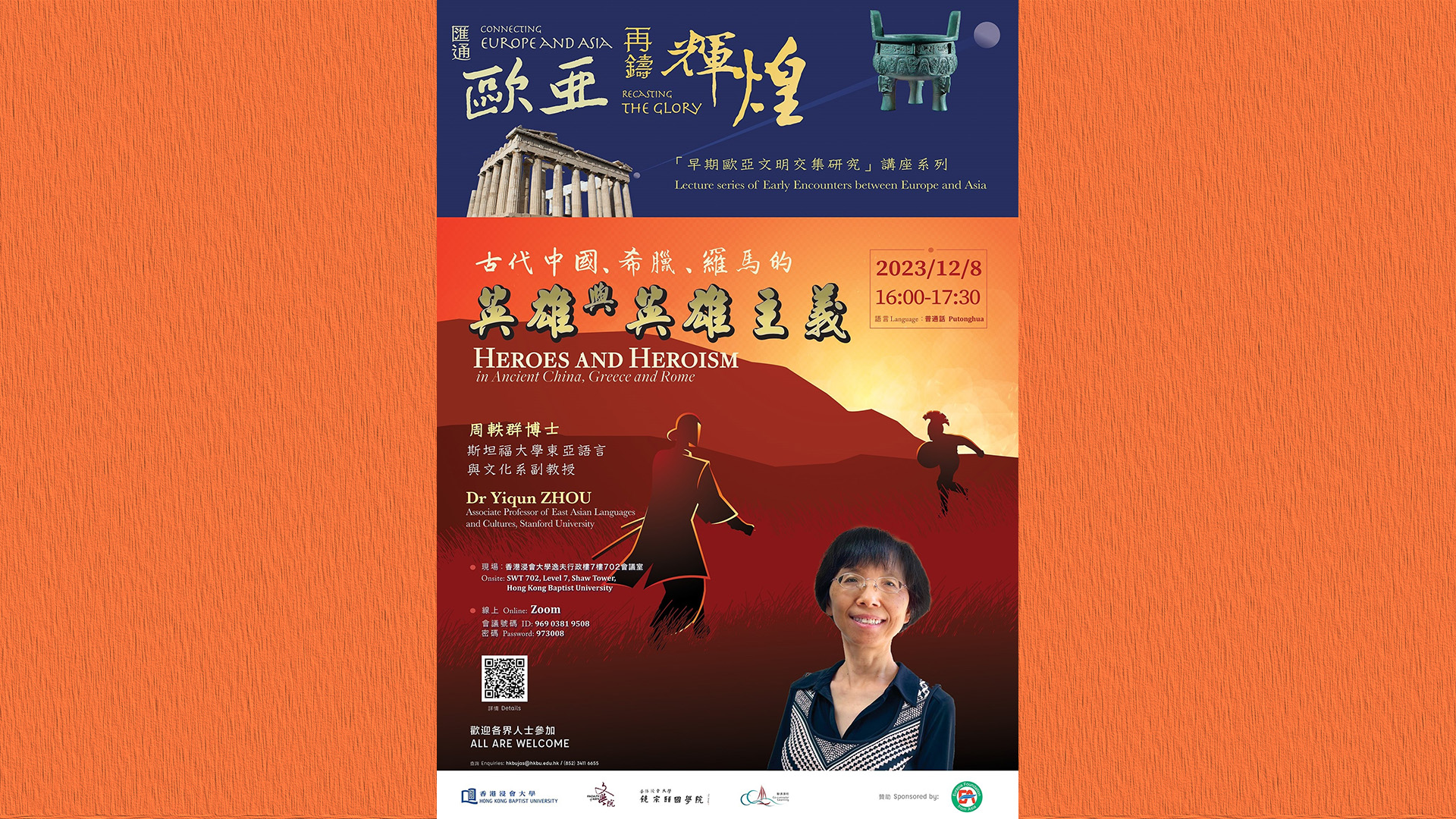
古代中国、希腊、罗马的英雄与英雄主义
2023 | 90 mins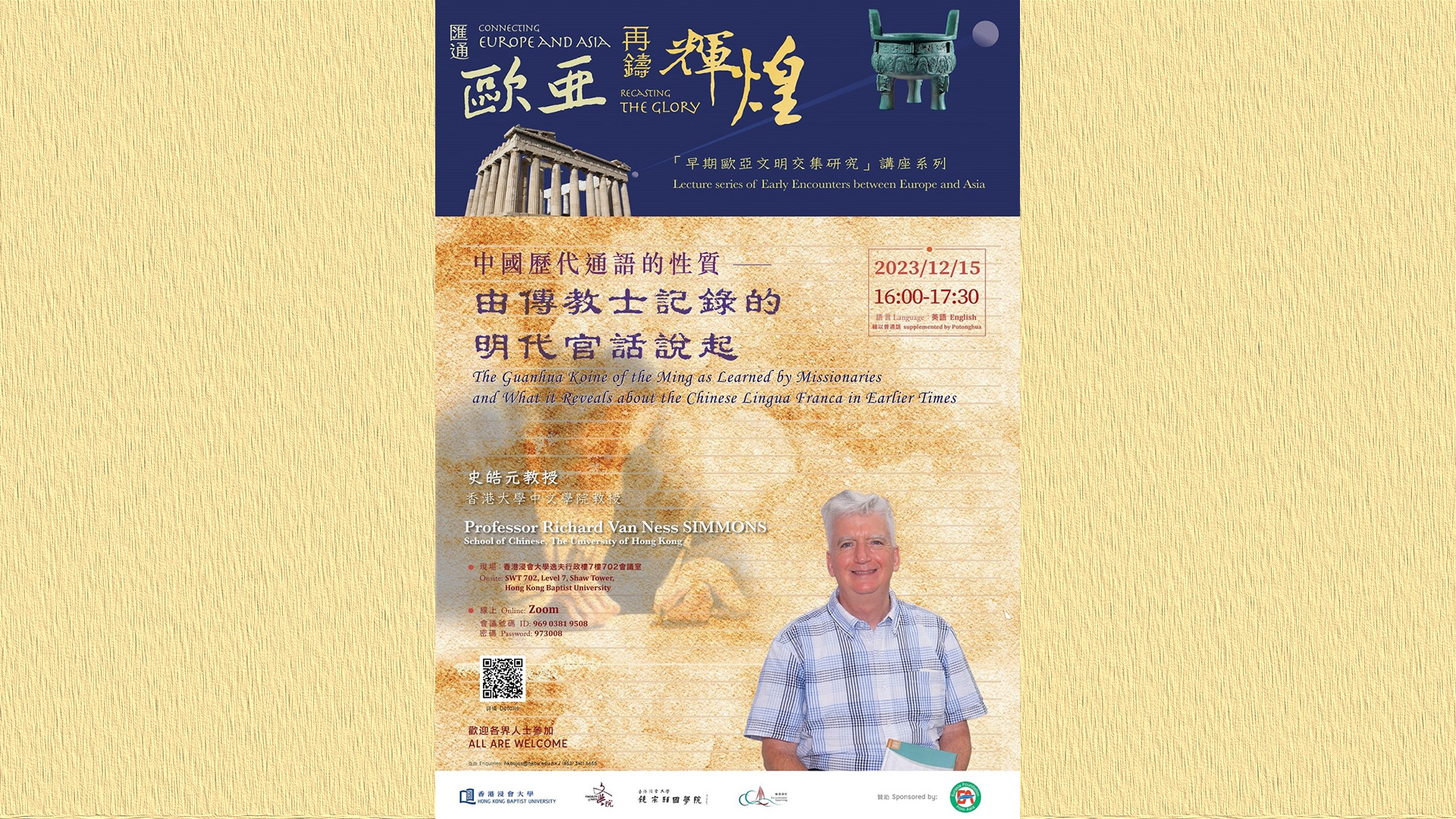
The Guanhua Koine of the Ming as Learned by Missionaries and What it Reveals about the Chinese Lingua Franca in Earlier Times
2023 | 92 mins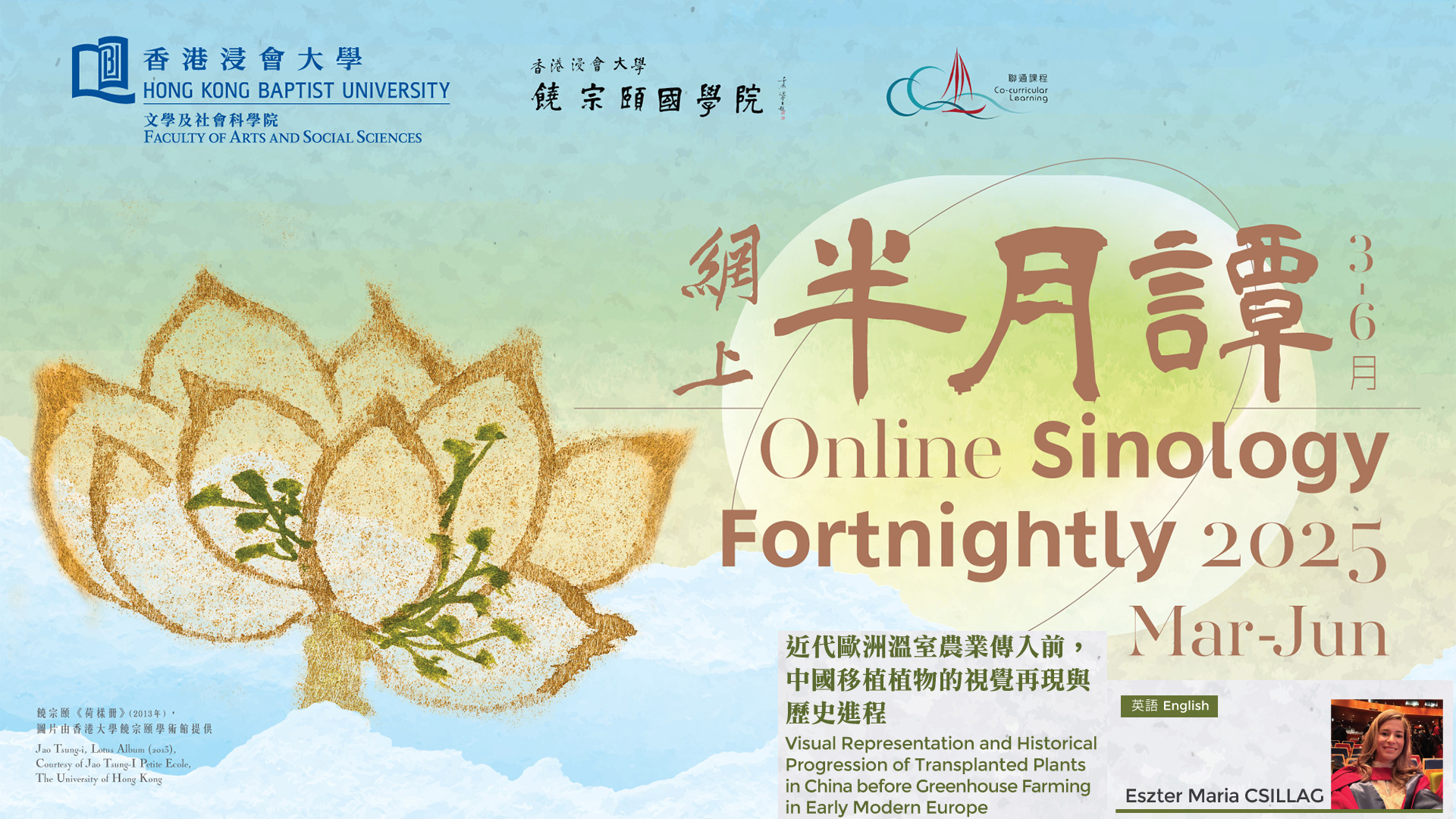
Visual Representation and Historical Progression of Transplanted Plants in China before Greenhouse Farming in Early Modern Europe
2025 | 61 mins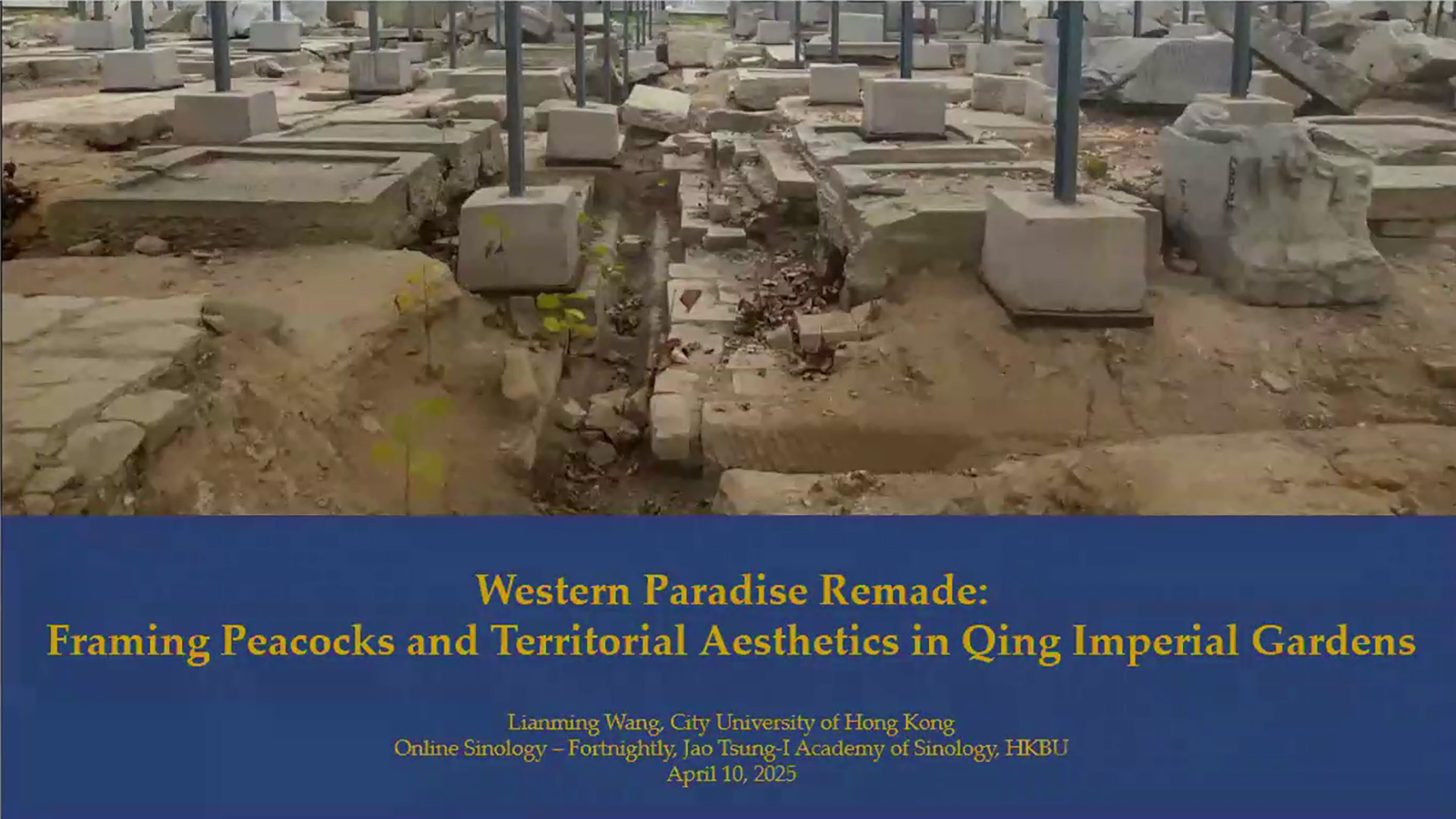
Western Paradise Remade: Framing Peacocks and Territorial Aesthetics in Qing Imperial Gardens
2025 | 62 mins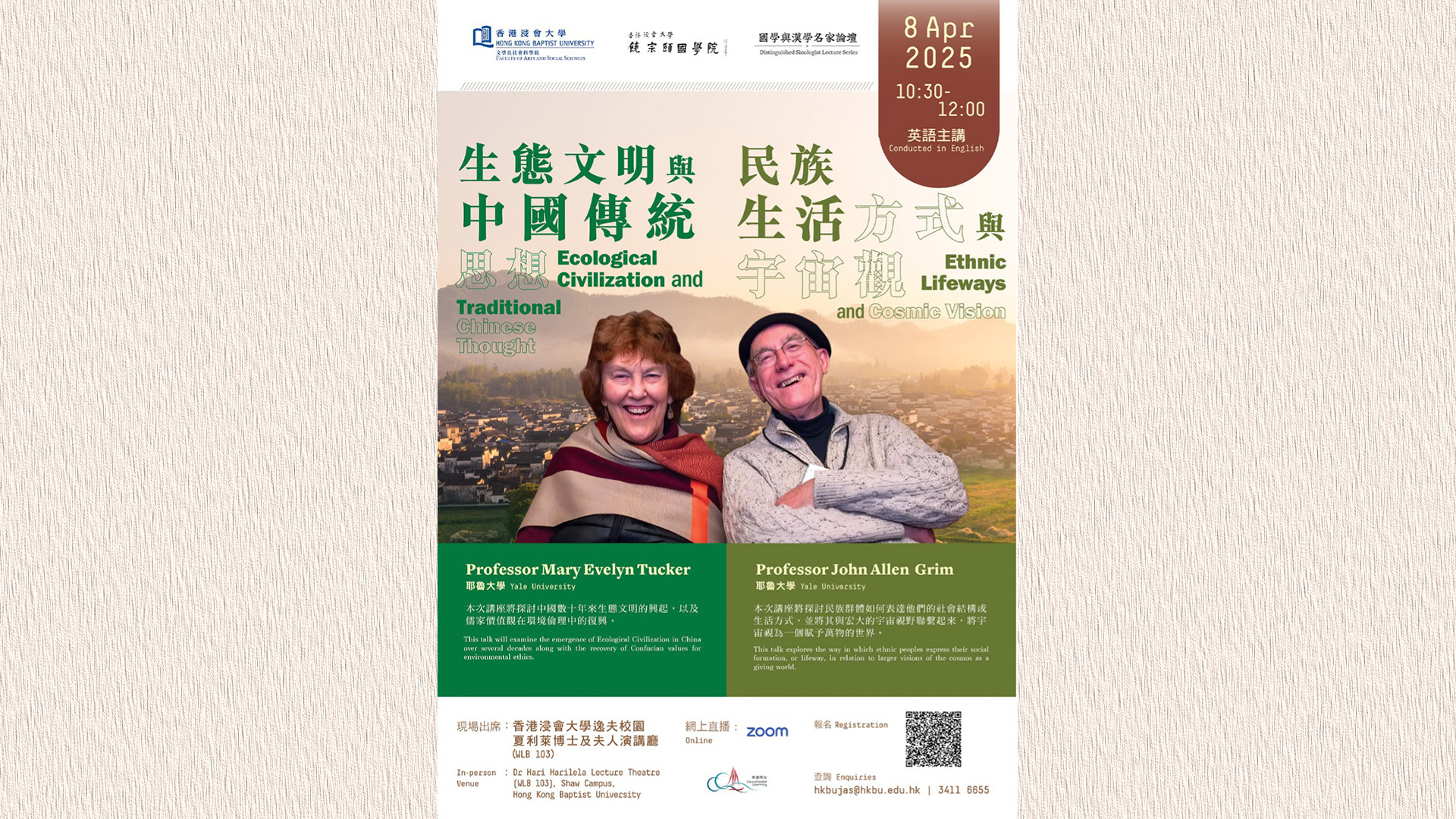
Ethnic Lifeways and Cosmic Vision
2025 | 67 mins
Ecological Civilization and Traditional Chinese Thought
2025 | 29 mins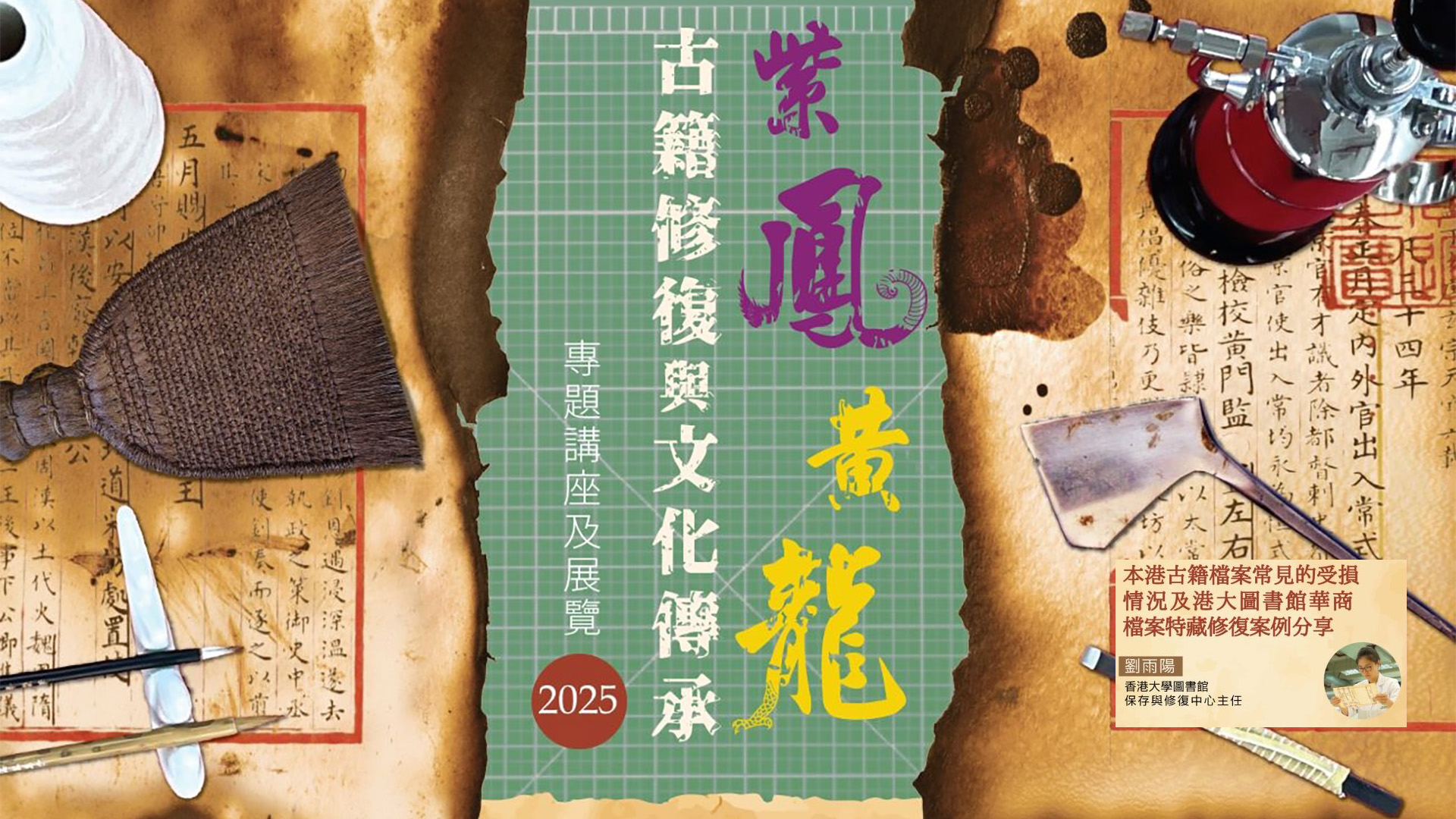
本港古籍檔案常見的受損情況及港大圖書館華商檔案特藏修復案例分享
2025 | 53 mins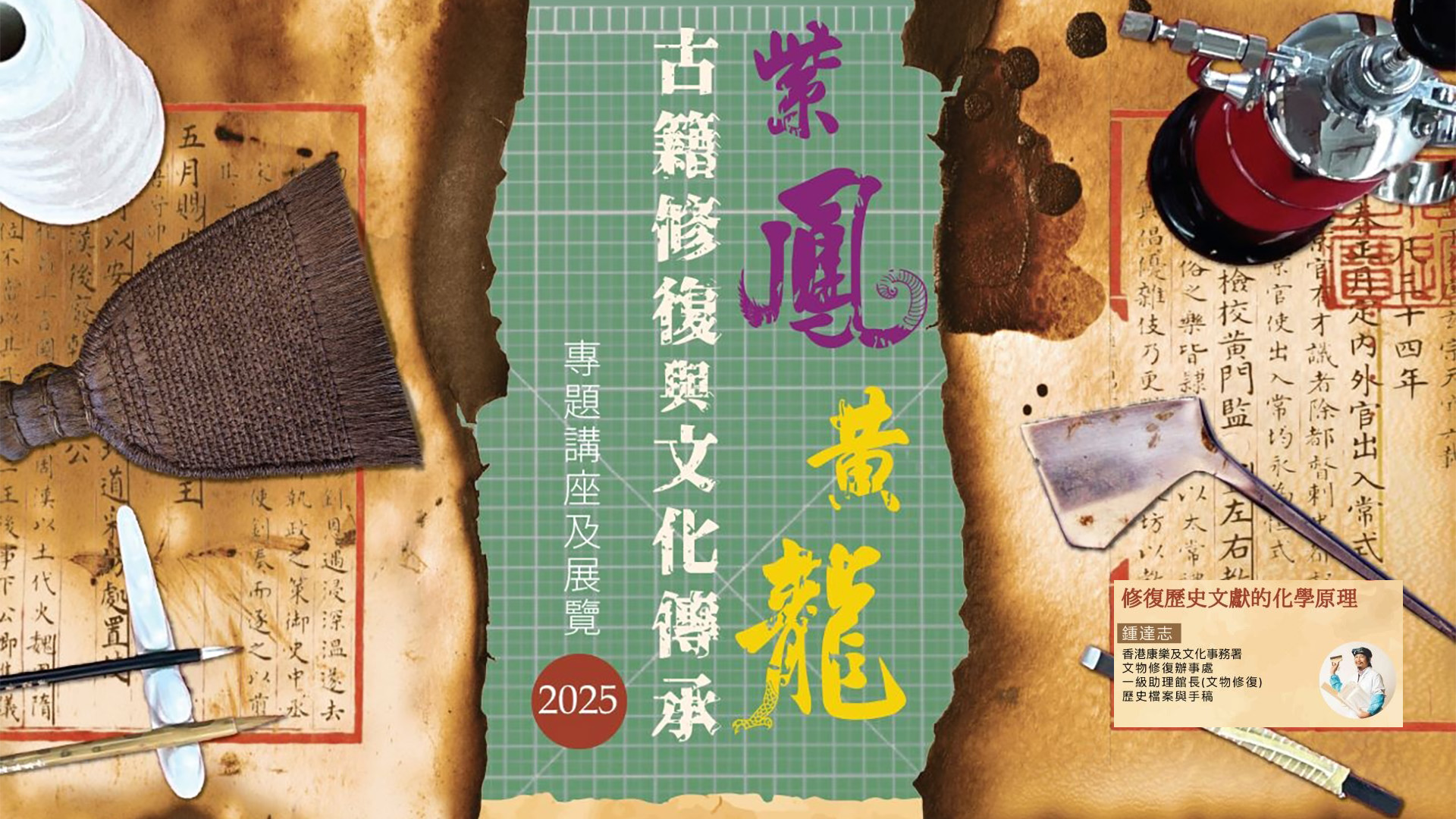
修復歷史文獻的化學原理
2025 | 55 mins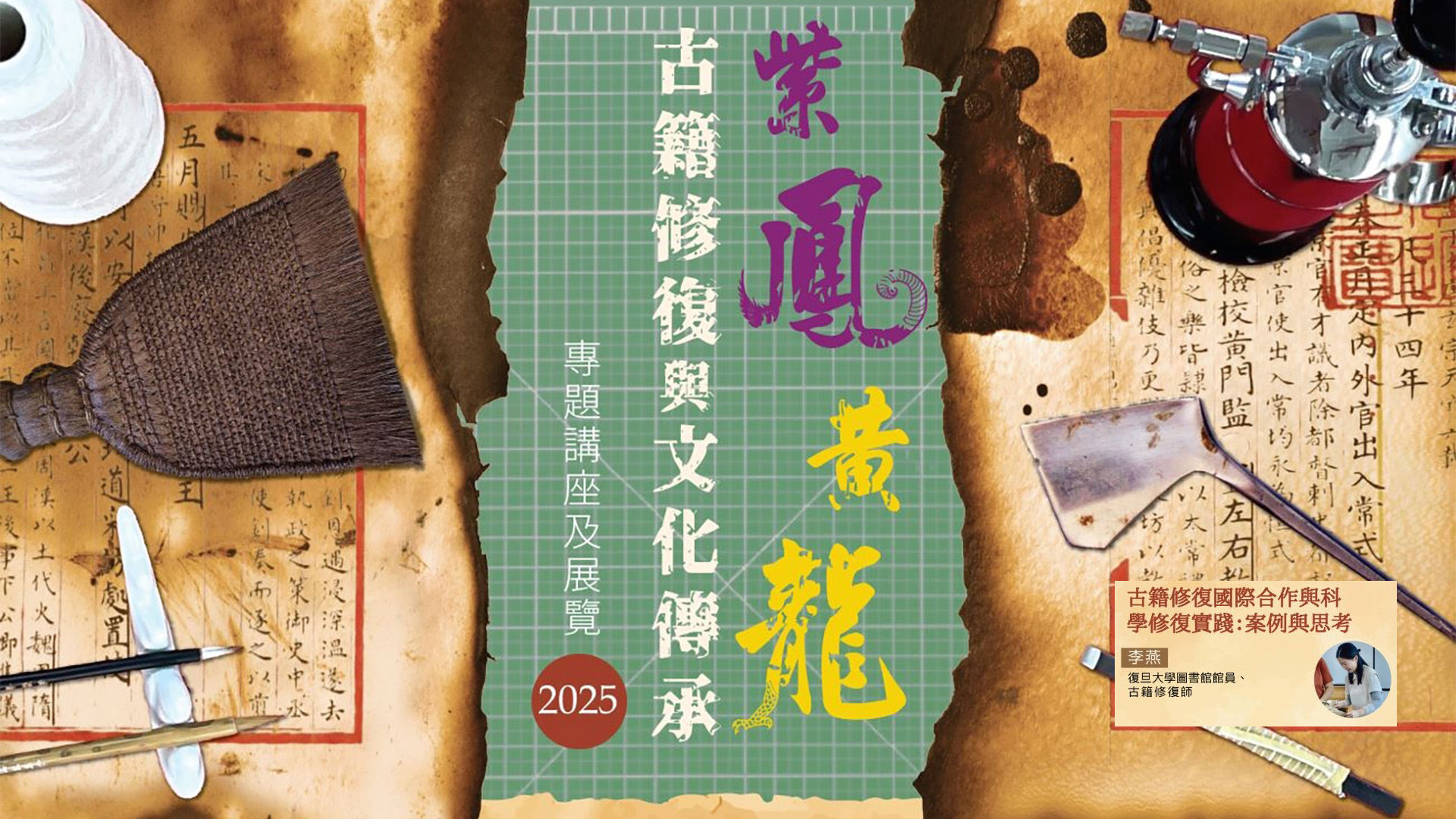
古籍修复国际合作与科学修复实践:案例与思考
2025 | 86 mins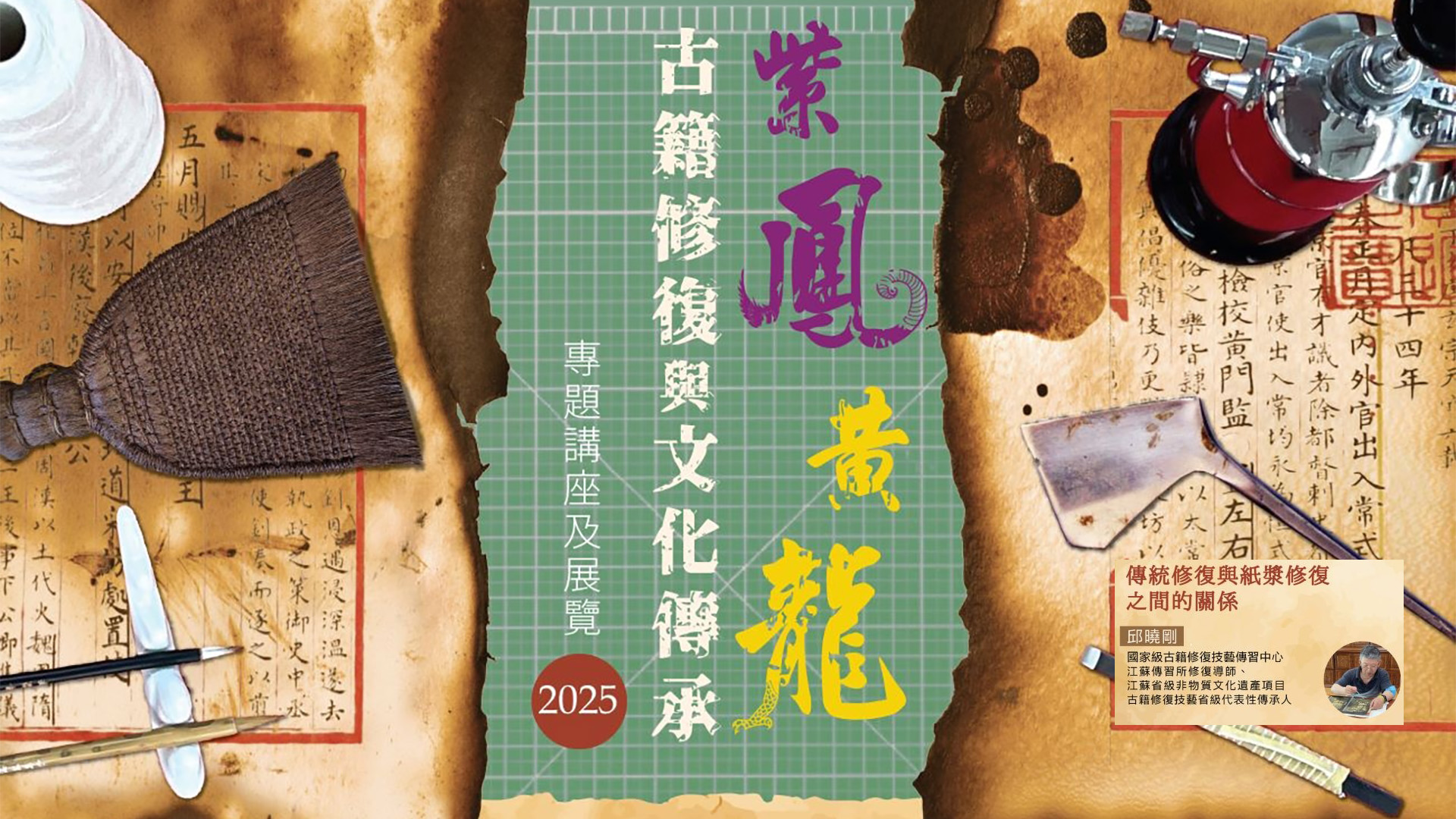
传统修复与纸浆修复之间的关系
2025 | 83 mins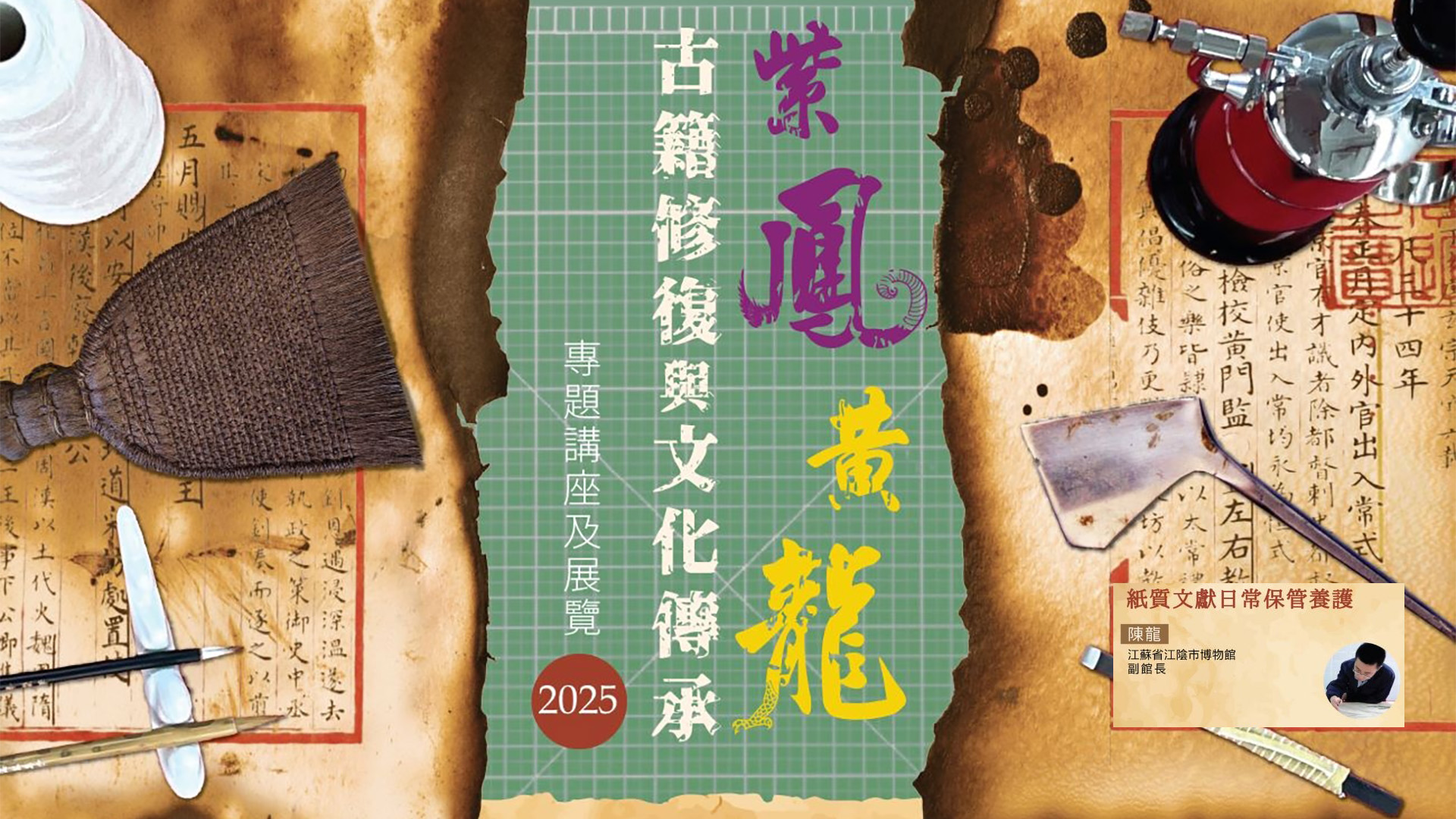
纸质文献日常保管养护
2025 | 121 mins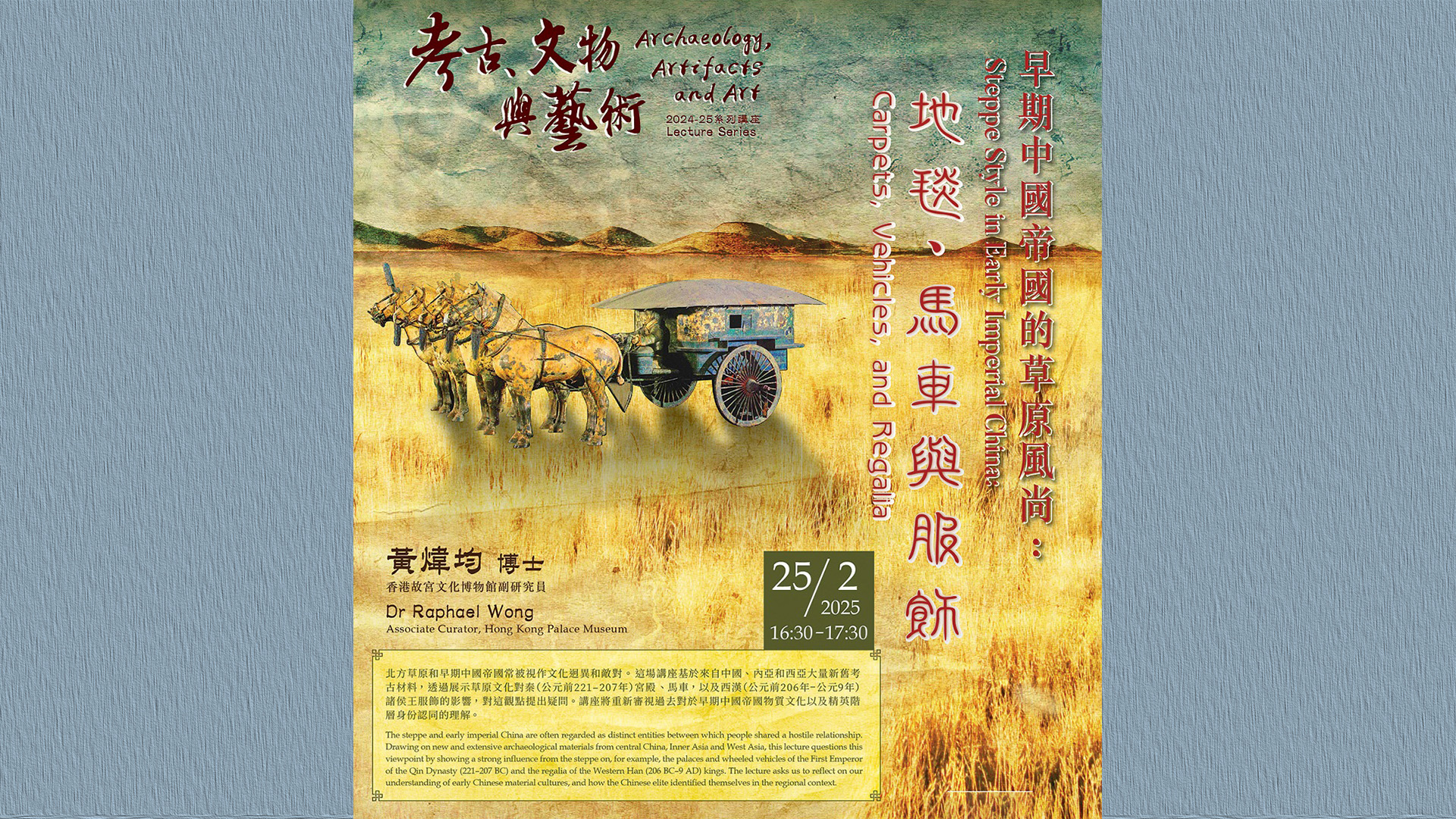
Steppe Style in Early Imperial China: Carpets, Vehicles, and Regalia
2025 | 69 mins






